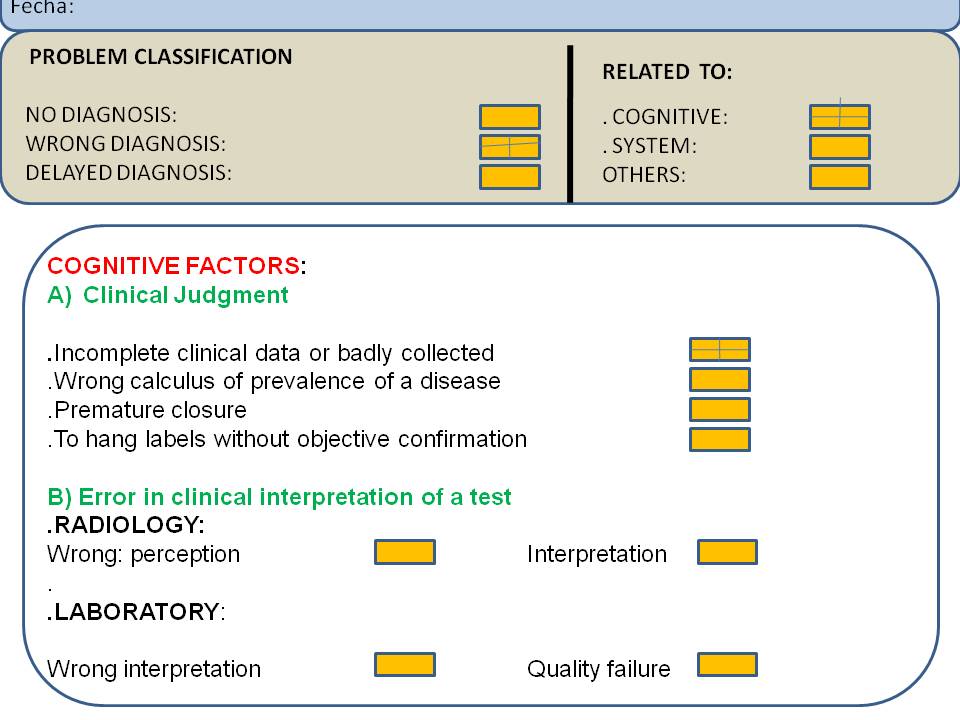Crossing the midline: an explanation for a bias

CLINICAL CASE: A 69-year-old woman without previous disease presented to the Emergency Room (ER) with an acute left hemiparesis, dysarthria and hemifacial deviation to the right.
A CAT scan showed a 3 cm intracraneal lump located in the left temporo-occipital area, without signs of cerebral infiltration. The initial clinical judgment established a relation between the lump and the clinical signs of the patient. Do you agree?
FINAL DIAGNOSIS: 1.Ischemic stroke in the right cerebral area.
2. Left cerebral tumor, probably meningioma
EVOLUTION: There was a misinterpretation of the symptoms of the patient influenced by the finding of a tumor. Because the main symptoms were located on the left side, the same side of the tumor, and the facial deviation was present to the right side, all together influenced the first clinical impression. The special anatomical pathway of the facial nerve crossing to the contralateral side could be in the origin of the bias. Central lesion damaging the central facial nerve produces a deviation of the face to the contralateral side because this is the “activ” nerve in this area. Usually the parpebral area is preserved because the inervation is supplied by bilateral fibers. A peripheral facial nerve lesion produces a paralysis on the same side of the lesion.
ANALYSIS:
Cognitive aspects: Satisfaction of search: once you find a lesion you stop looking for more explanation. In this case, appart of a basic initial failure in clinical reasoning, the association between the tumor location and laterality of the symptoms altered the clinical reasoning process.





